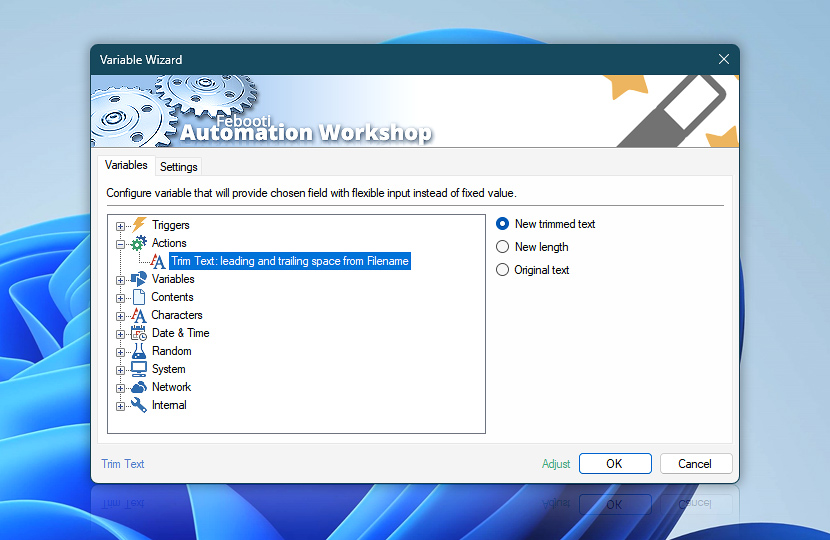

The TRIM() function is very useful when we want to remove the unwanted characters from a string in the database. Note that a string can be any of the following data types: char, varchar, and text. With the TRIM() function, you can remove the longest string containing a character from the start, end, or both the start and end of a string. By default, the TRIM() function remove spaces (‘ ‘) if you don’t specify explicitly which character that you want to remove. The TRIM() function removes the longest string that contains a specific character from a string.
#Php trim text to length how to#
If you have any questions or tips related to the post, feel free to post them in the comments.Summary: in this tutorial, you will learn how to use PostgreSQL TRIM() function to remove the longest string that contains spaces or a particular character from a string. In this quick tip, we learned how to trim strings in PHP based on a specific set or a specific number of characters. Here is an example that trims a string using the substr() function: Final Thoughts

Just like trimming a specific set of characters, PHP also has dedicated functions to trim a specific number of characters. Trimming Strings to Remove a Specific Number of Characters This way we can avoid listing all the characters if they occur sequentially. ) to specify a range of characters that we want trimmed. This third example demonstrates how we can use (. Similarly, in this second example, trim stopped removing digits from the both ends as soon as it found a mismatch from the characters we asked it to trim. Therefore, trim() left the whitespace untouched. This time we had specified that we only want to trim the characters 1,2 and 3. You can also trim any other set of characters if you pass them as second parameter of ltrim(), rtrim() or trim(). It is important to keep in mind that trimming only happens when the characters are exactly at the end or beginning. Similarly, rtrim() removes all the whitespace from the right of the strings while keeping the left end untouched. Īs you can see, ltrim() removes all the whitespace form the left of the strings while keeping the right end untouched. The main strings that we are trimming will contain a combination of whitespace, tabs or newline characters at both ends.

Here are a few examples of these functions. In other words, they will keep trimming the string as long as it contains any of the specified characters at either end. There is no limit to the number of characters that will be trimmed by these functions. If you don’t mention as list of characters to remove as the second parameter, these function will remove whitespace characters like spaces ( " "), tabs ( "t"), new lines ( "n"), carriage returns ( "r"), null bytes ( "�") and vertical tabs ( "v"). They remove either whitespace or any other set of characters from the left end, right end or both ends respectively. There are three different trimming functions in PHP called ltrim(), rtrim() and trim(). Trimming Strings to Remove a Set of Characters The second one involves trimming strings based on how many characters we want to remove from either end. The first one involves removing specific characters from either one or both ends of a string.

In this quick tip, we will discuss to common string trimming situations that you will likely encounter. PHP has defined specific functions that we can use to trim such strings easily. There are a lot of times when we want to work with strings but they are padded with unwanted characters either at the beginning or the end.


 0 kommentar(er)
0 kommentar(er)
